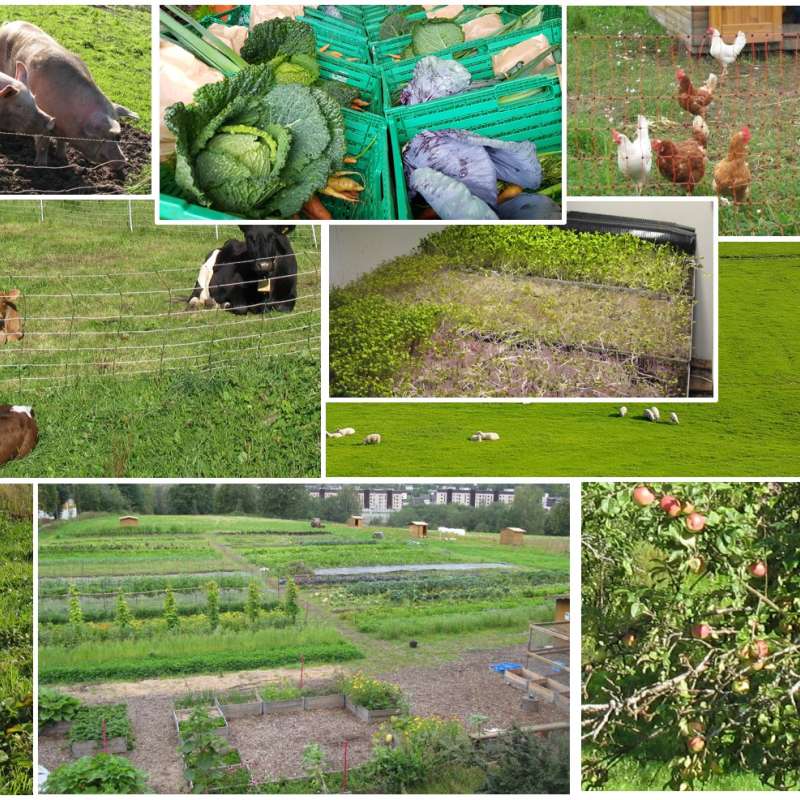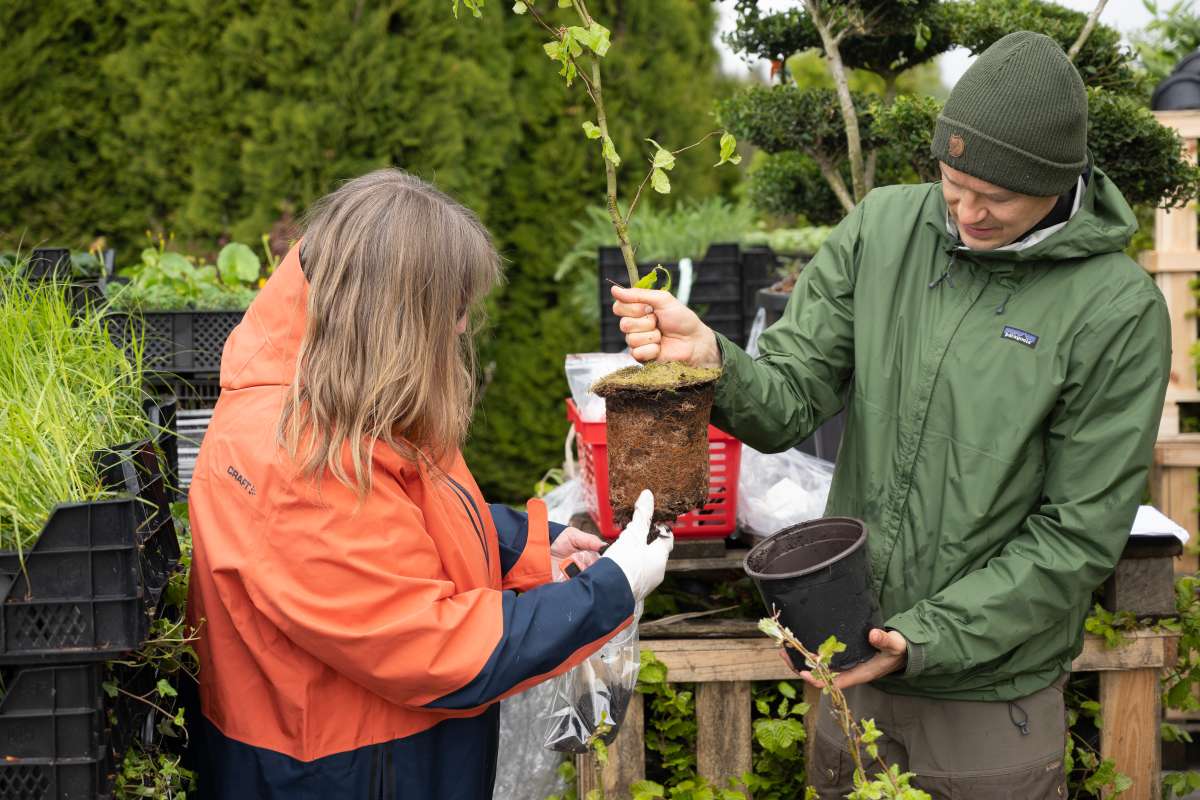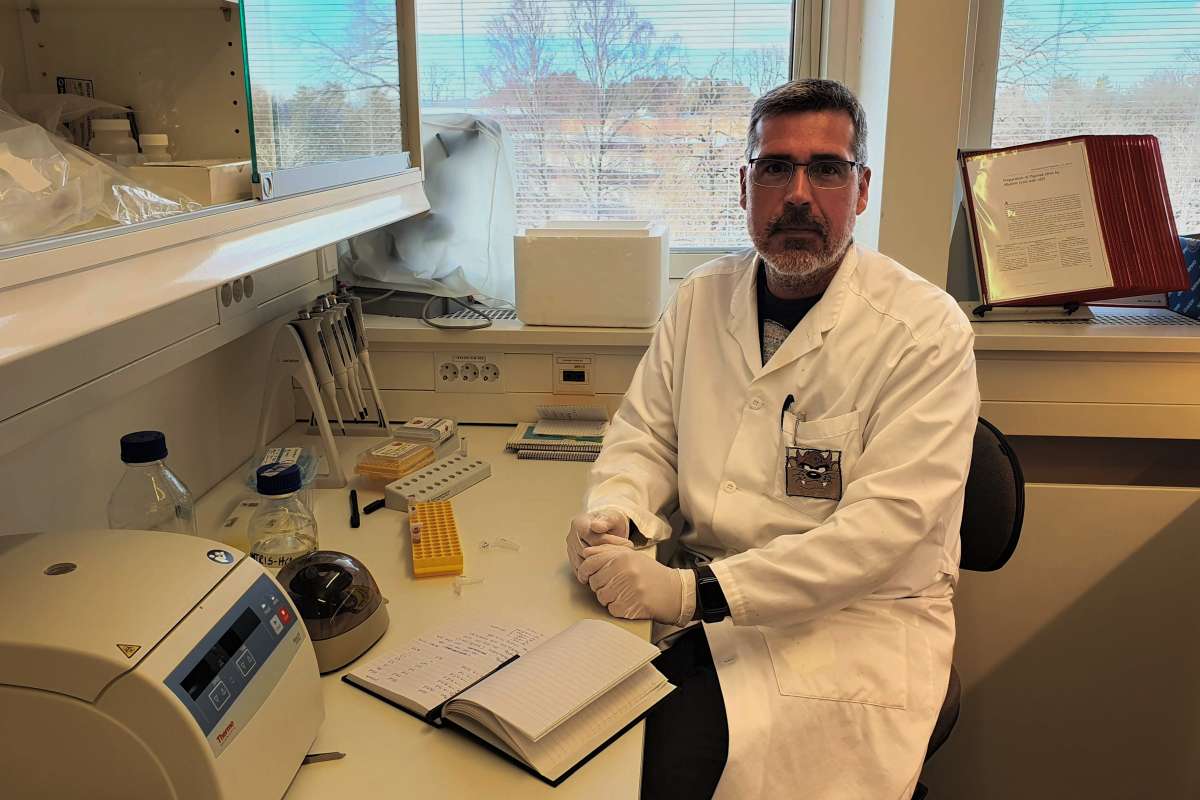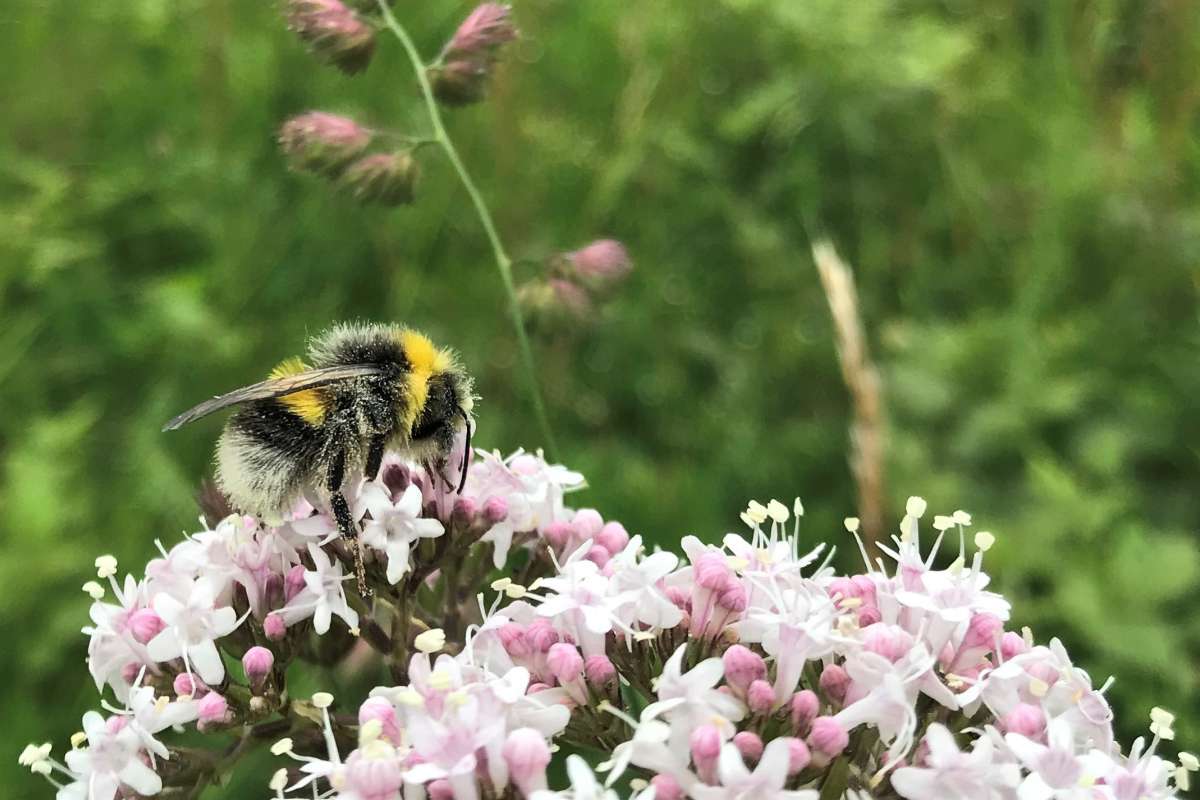Urban farmers need adapted sales channels
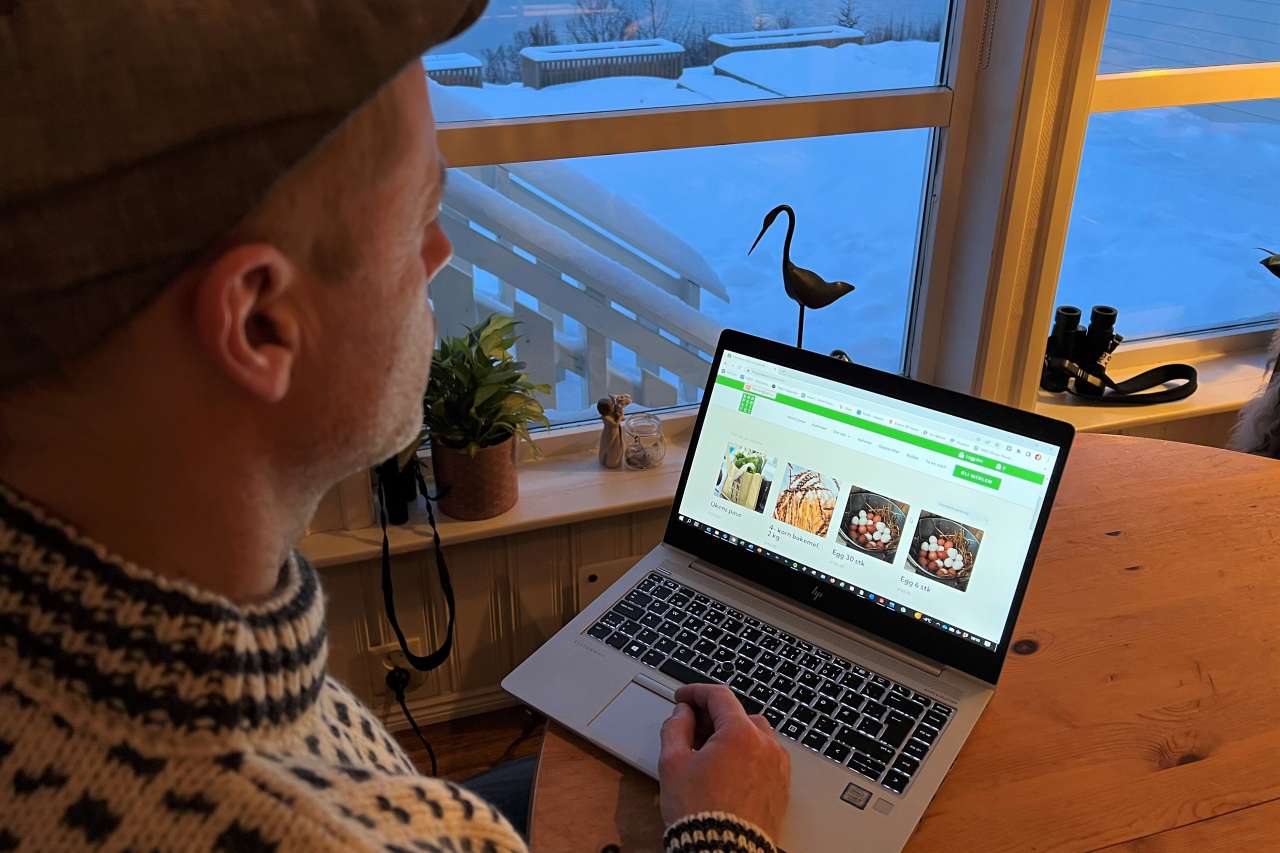
There are already several digital platforms that connect producers with various consumer groups. Some act as a platform with a common payment solution, and some also offer shipping of goods. Now there is a race to develop the leading digital app that connects manufacturers and customers in the simplest possible way. Photo: Liv Jorunn Hind
Local food is increasing in popularity. The more local, the better. However, selling local food is much more demanding than many may be aware of. Fortunately, new digital solutions are on the way.
In the project URBANFARMS, researchers have studied various sales channels that can make everyday life a little easier for local food producers and their customers. The target group for the project has been suburban farmers located nearby Oslo and Bergen in Norway.
"Our job feels meaningful when we can give information to those who want to know more about existing opportunities, how the various sales channels work and which solutions are best suited for them", says NIBIO researcher Anna Birgitte Milford.
Exciting times with new digital platforms
"Local food is very much in vogue in the catering industry. More and more cafés and restaurants in Oslo and Bergen offer food as an experience. They want to use local food as a marketing measure. This increases demand for both local products and for well-functioning sales channels", says NIBIO researcher Frøydis Gillund.
"There are already several digital platforms that connect manufacturers with various consumer groups. Some act as a platform with a common payment solution, and some also offer delivery of goods. Some are limited to one region, others cover the whole of Norway, and some even work internationally", says Gillund.
Right now, there is a race to develop the leading digital app that connects manufacturers and customers in the simplest possible way. According to the researchers, no one has completely cracked it yet. But it's only a matter of time.
"This is an exciting time where a lot is happening very quickly", says Milford.
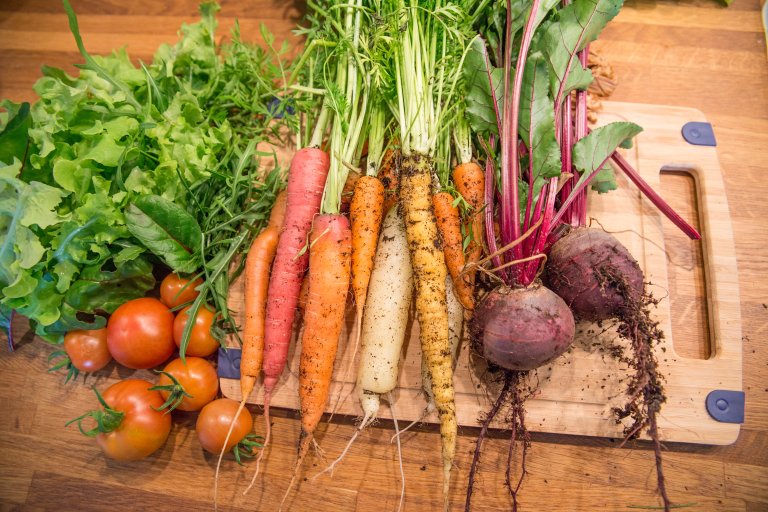
Bristol has succeeded in facilitating for local food
In the project, Bristol was used as a kind of "satellite case". Bristol is a city in Southwest England with approximately 470,000 inhabitants. The city is known for having succeeded in facilitating the sale of local food. The researchers were interested in finding out what Norway can learn from this.
"In Bristol there are two farms in the middle of the city with livestock and vegetable cultivation on fairly large areas. In addition, there are many smaller allotment gardens around. We have some of that in Oslo as well, but not in the middle of the city center in the same way. Connected to the large farms in Bristol, there are shops, cafés, and a kindergarten. In Oslo, the allotment gardens are much more isolated, each plot owner cultivating on his own little spot", says Milford, who is from Bergen, but lived for four months in Bristol during the project period.
In Bristol they have several shops and markets as alternatives to the established grocery chains. Here you can buy locally produced goods, and the researcher believes this may be where Norway has the most to learn.
In Bristol, you can also subscribe to local food delivered on the doorstep.
"I subscribed to Community Farm and got a box of vegetables delivered to my door once a week. You never quite know what you will get as it depends on what is in season, but you can choose whether you want more fruit or vegetables, and the size of the box. Similar arrangements exist for meat, and everywhere in England you can still get milk delivered to your door, says Milford.
In Oslo, there are other business models for sales, such as “Oslo Kooperativ”, “REKO-ringer” and “Dagens”. “Dagens” is a sales channel especially designed for commercial kitchens and restaurants that want to buy locally produced food. These channels are worth looking into if you are interested in knowing more about the possibilities for shopping for local food near you. The researchers did not find anything similar in Bristol.
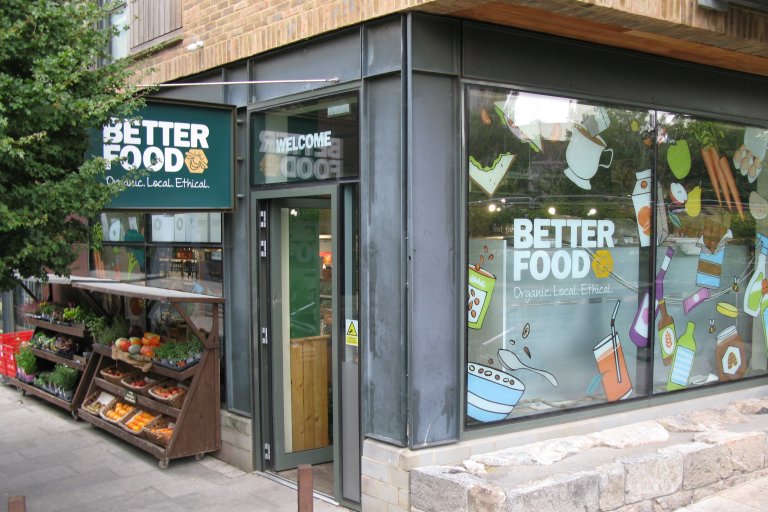
How local should local food be?
It is important to reach a broad agreement on how local food should be defined, because local food is a brand with a stamp of quality. It is about the history of food, about belonging, quality and the environment.
Some of the farms that participated in URBANFARMS are located one and a half to two hours' drive outside Oslo. Is that local enough? Is lamb meat from Stavanger a local product in a restaurant in Bergen? It is local compared to lamb from New Zealand, but what if you compare it to sheep that graze on mount Fløyen in Bergen?
"There is no zone map for how local local food should be. It depends on where you can get hold of the same product. The sheep from Stavanger is not perceived as local in Bergen. But if it were a completely different product, such as kimchi products (Korea's national dish), Stavanger could suddenly be local enough", says Milford.
In other words, the term local food is relative. But local food as a brand should be experienced as safe, close, and environmentally friendly. In addition, the products often have a story, and those who run sales channels are keen on telling this story.
'"Through the sales channels, producers are often promoted through pictures and stories. Getting to know the people behind can help increase consumers' interest. And by getting to know the producer a little, the consumer gets a feeling of getting closer to the food. For many, this is an important part of giving people more knowledge about how food production takes place", says Gillund.
Contacts
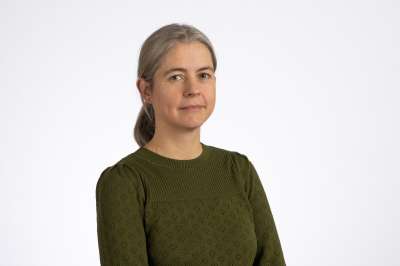
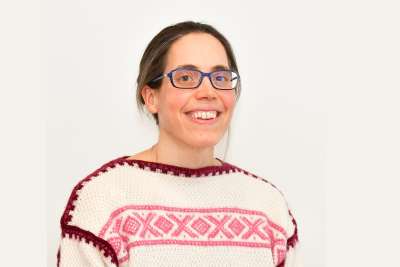
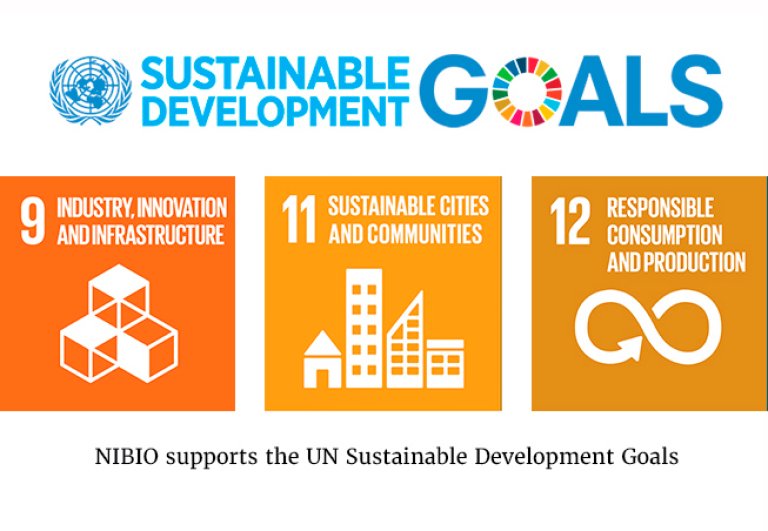
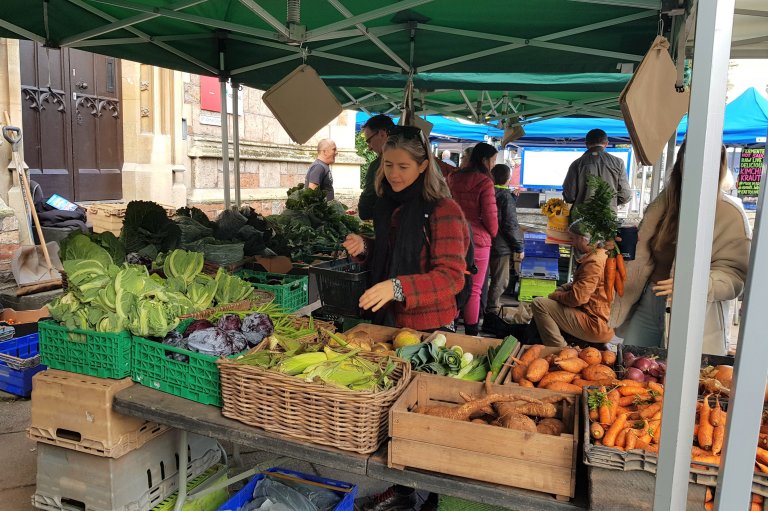

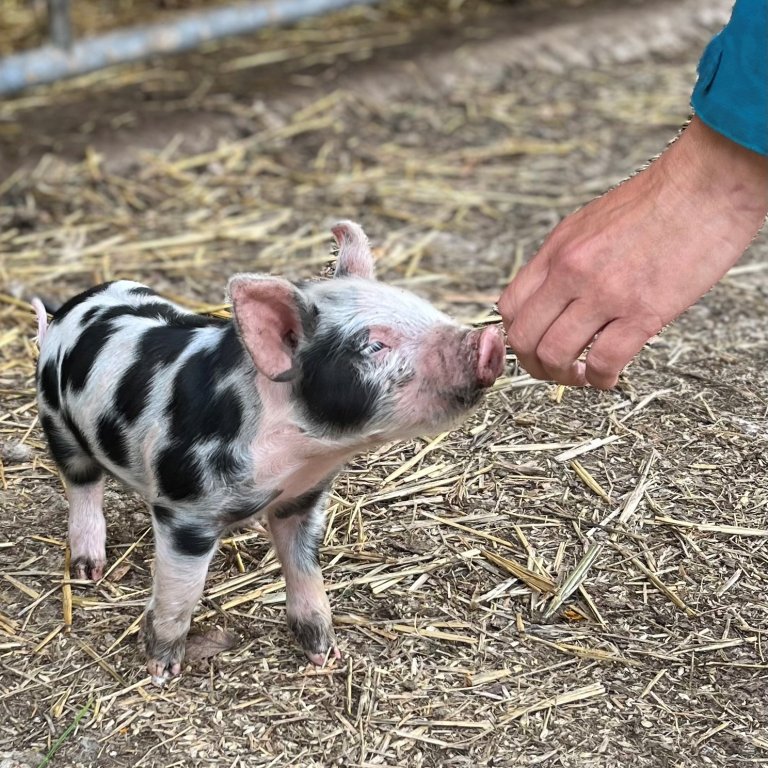
Contacts


Publications
Abstract
No abstract has been registered
Abstract
No abstract has been registered

